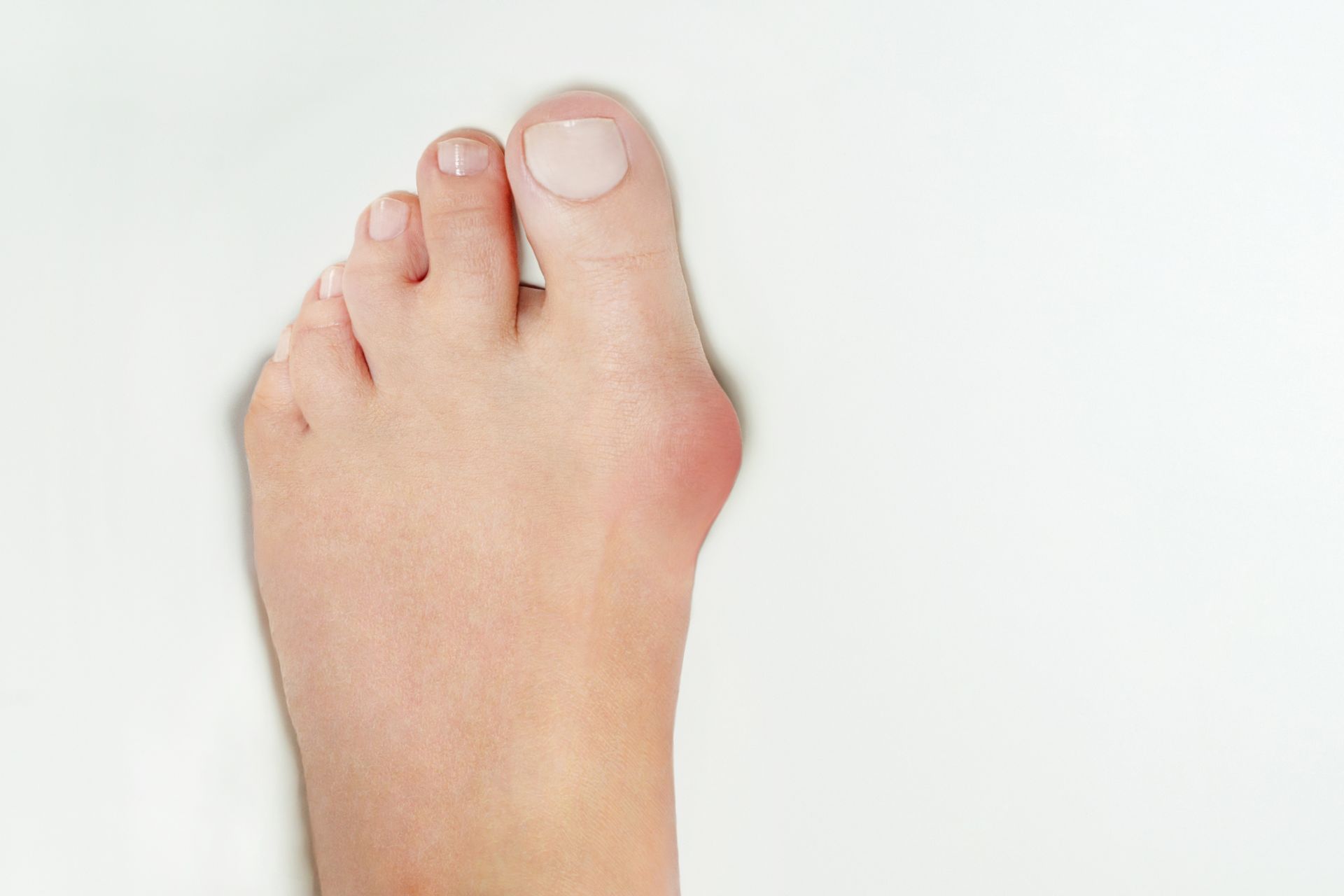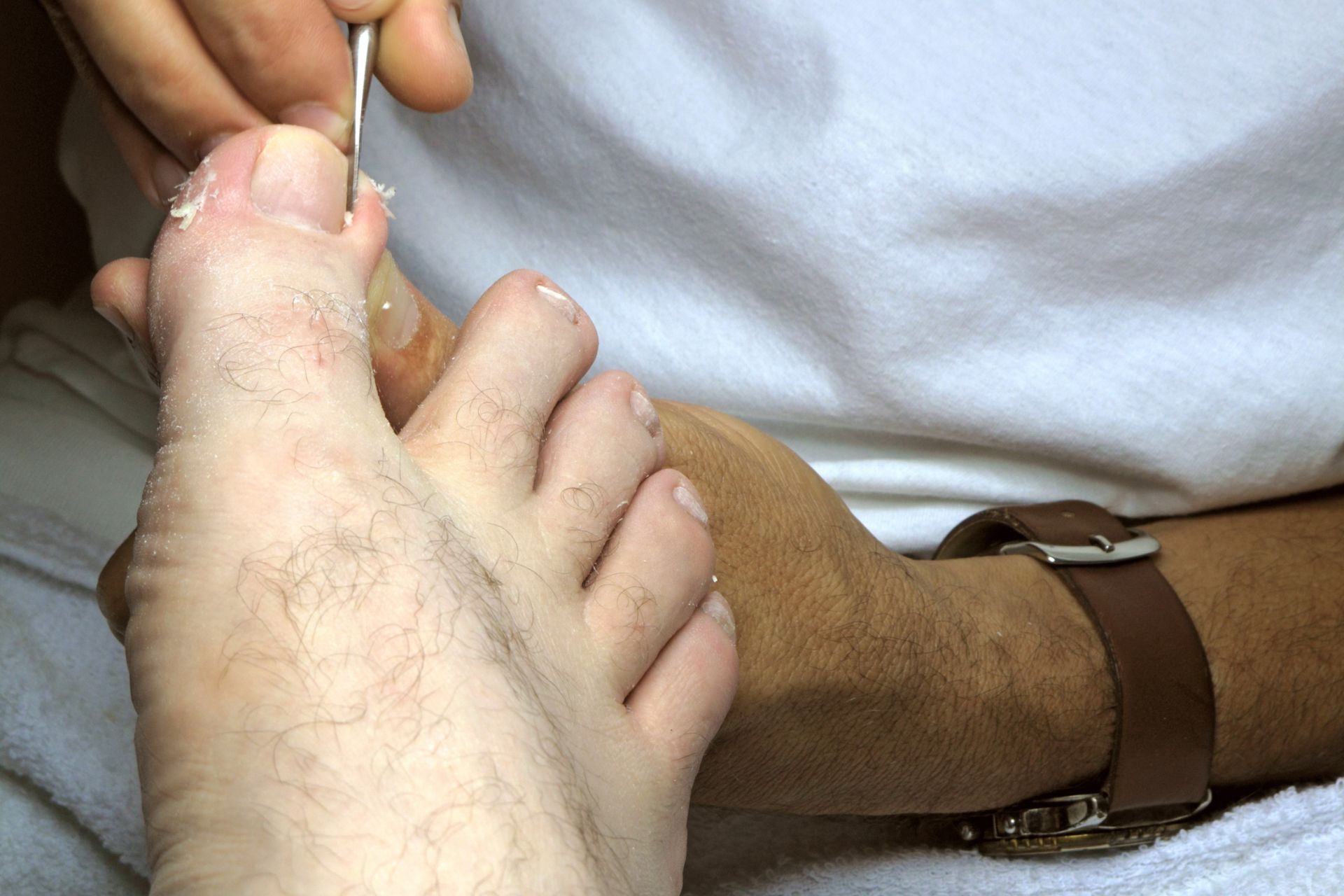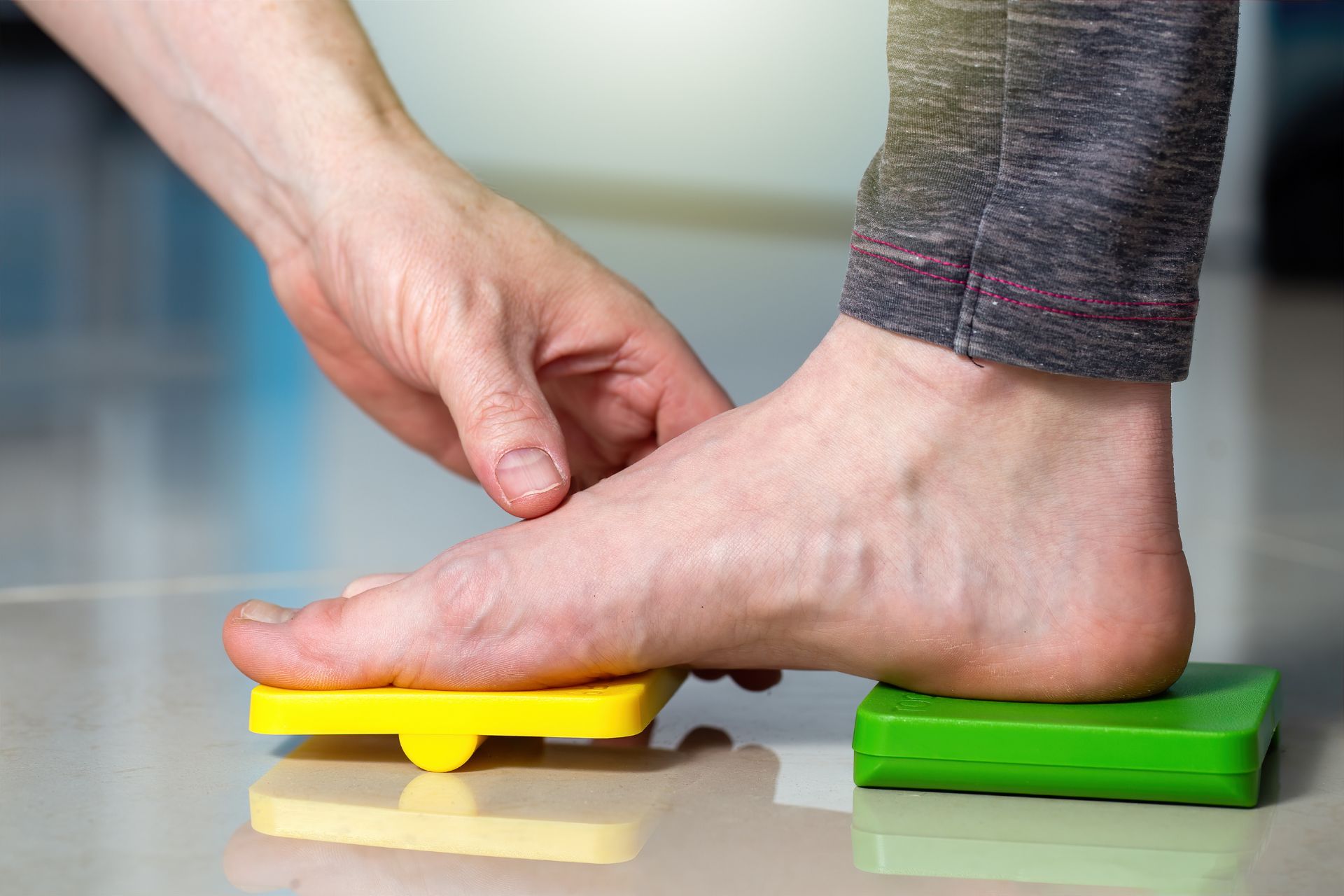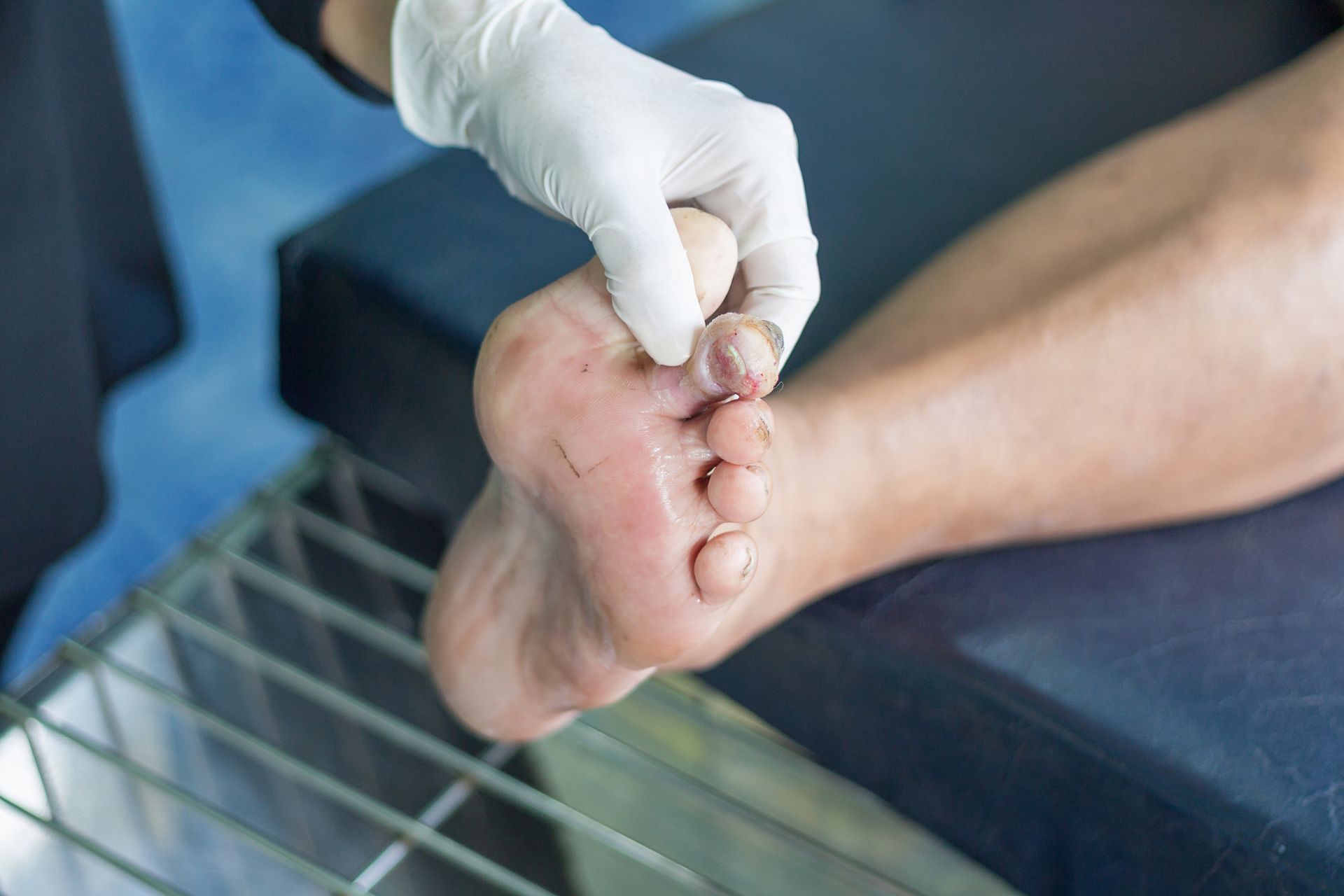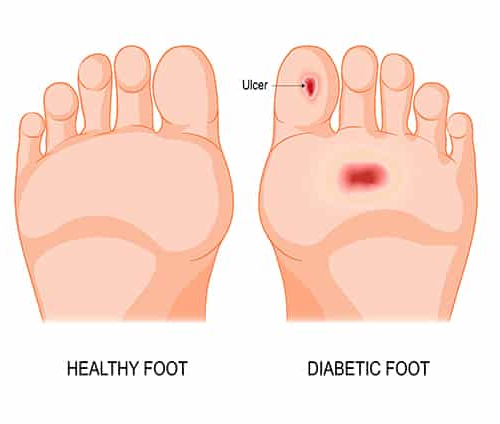Bunions can be painful and make it difficult to walk or exercise. To prevent them from getting worse, wear shoes with wide, supportive soles, enough room in the toe box, and a sturdy heel counter. Pedors shoes, made with Pedoprene – a blend of neoprene and EVA – are specially designed to stretch and mold your foot, making them an excellent choice for those with foot deformities. The heat-moldable feature of Pedoprene allows for further customization, allowing you to relieve pressure on specific areas of your foot. With Pedors shoes, you can get the comfort and support you need to alleviate bunion pain and other foot deformities.
Here are some tips to relieve the pressure and pain:
- Wear the Right Shoes – Look for shoes with a wide, supportive sole and a roomy toe box to accommodate the bunion. A sturdy heel counter will also keep your foot snugly in place and in proper alignment.
- Keep Heels Low – Avoid high heels and opt for shoes with a heel height of one inch or less.
Why Choose Pedors Shoes?
If you’re looking for orthopedic shoes that can comfortably fit your bunions or hammertoes, Pedors Shoes might be the perfect solution for you. Here’s why:
- Pedoprene – Pedors Shoes are made of a unique blend of neoprene and EVA, which they call Pedoprene. This material is stretchy and will eventually conform to the shape of your foot like a glove.
- Heat Molding – Pedoprene is heat-moldable, meaning you can use a mold to relieve pressure in specific areas like bunion spots or hammertoes. It’s easy and fun to do, and you can start over if you make a mistake.
- Four-Way Stretch – Pedoprene is also a four-way stretch material that gives compression to reduce edema and accommodate forefoot deformities.
If you’re looking for comfortable shoes to manage your foot deformities, try Pedors Shoes with their unique Pedoprene material.
Contact Steady Gait Foot Clinic today!
